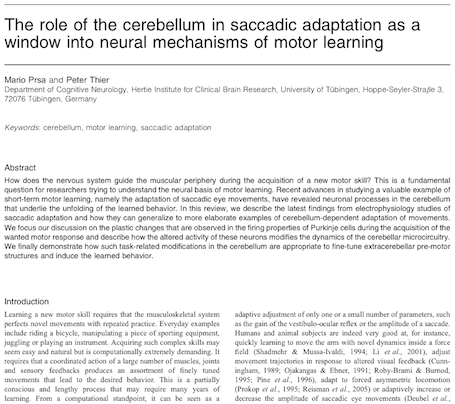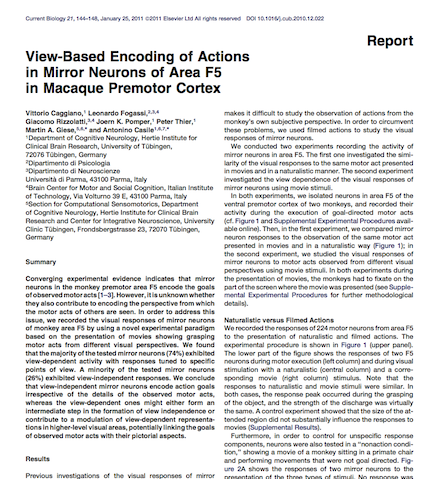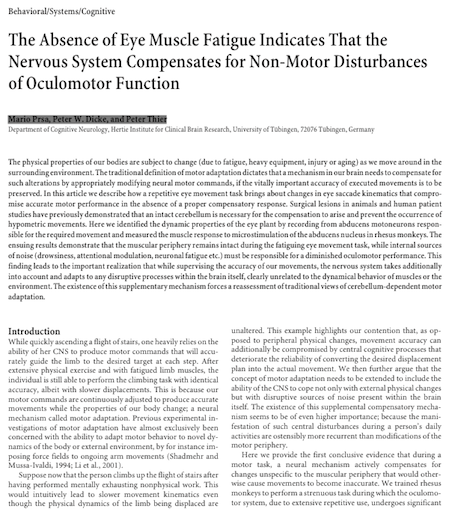publications to which nrec contributed to
Contents
- PLoS ONE 2012: Selective Attention Increases Choice Certainty in Human Decision Making
- Brain Topogr. 2012: Processing of Coherent Visual Motion in Topographically Organized Visual Areas in Human Cerebral Cortex
- European Journal of Neuroscience 2011: The role of the cerebellum in saccadic adaptation as a window into neural mechanisms of motor learning
- Curr. Biol. 2011: View-Based Encoding of Actions in Mirror Neurons of Area F5 in Macaque Premotor Cortex
- J. Neuroscience 2010: The absence of eye muscle fatigue indicates that the nervous system compensates for non-motor disturbances of oculomotor function
1. PLoS ONE 2012: Selective Attention Increases Choice Certainty in Human Decision Making
"...Subjects viewed all stimuli binocularly from a distance of 55 cm on a 1999 TFT-display (native resolution 128061024 pixels) driven by a Linux computer running the nrec visual stimulation, data acquisition and experiment control software package (http://nrec. neurologie.uni-tuebingen.de, created by F. Bunjes, J. Gukelberger et. al.) at a refresh rate of 60 Hz in a dark, quiet room. ..."
2. Brain Topogr. 2012: Processing of Coherent Visual Motion in Topographically Organized Visual Areas in Human Cerebral Cortex
"...Stimulus generation and data acquisition were controlled by the open source nrec measurement system (http://nrec.neurologie.uni-tuebingen.de, created by F. Bunjes, J. Gukelberger et. al.) running on an IBM PC-compatible Pentium class computer. ..."
3. European Journal of Neuroscience 2011: The role of the cerebellum in saccadic adaptation as a window into neural mechanisms of motor learning
4. Curr. Biol. 2011: View-Based Encoding of Actions in Mirror Neurons of Area F5 in Macaque Premotor Cortex
"...Movies, as well as the other visual stimuli, were presented by custom produced real-time software (http://nrec.neurologie.uni-tuebingen.de) with a refresh rate of 60 fps. ..."
5. J. Neuroscience 2010: The absence of eye muscle fatigue indicates that the nervous system compensates for non-motor disturbances of oculomotor function
Mario Prsa, Peter W. Dicke, and Peter Thier, J. Neuroscience 30:15834-15842



